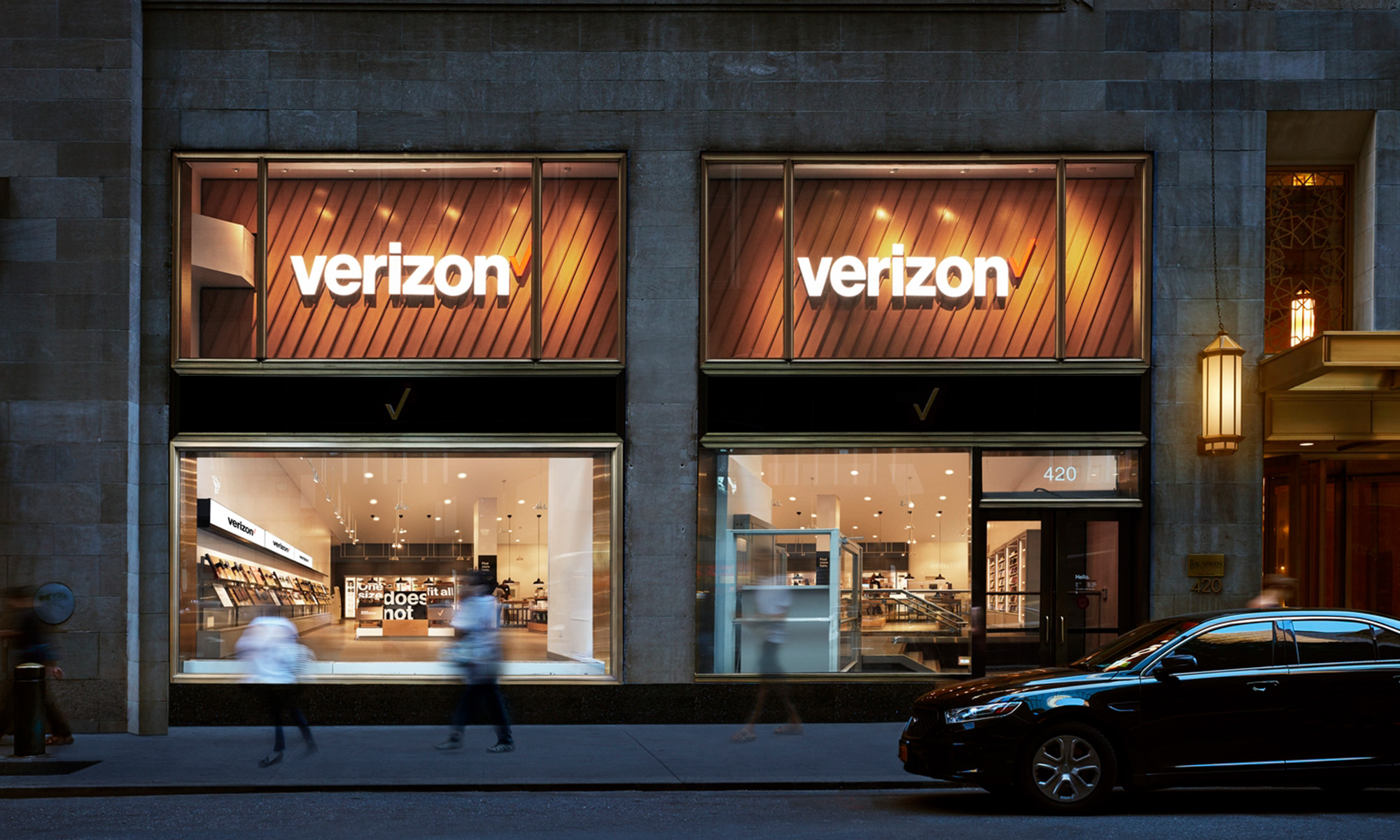As a Verizon (NYSE: VZ) shareholder, I'm a big believer that the telecom companies are in an ideal position to benefit from the enormous amount of data that we Americans will consume over the next 10 years. Apple's iPhone and iPad certainly will help that trend. With that said, consider the following to be a public service announcement on the valuation of Verizon, because the numbers you're likely to see don't necessarily tell the whole story.
Valuing Verizon
At first blush, Verizon looks fairly cheap, given the current growth prospects, with a forward P/E of 14 and a dividend yield of 5.4%. But the Foolish investor knows that free cash flow is king and may consider the enterprise value to free cash flow (EV/FCF) ratio to be as important as P/E in any valuation discussion.
Here's where it gets a little tricky for Verizon. On the surface, it's pretty easy to come up with an EV/FCF of 9, excluding minority interest. Verizon even breaks out a free cash flow calculation for you in its press releases, if you have trouble using a calculator. Thanks, Verizon! What Verizon doesn't break out, however, is how much of that free cash flow actually belongs to the company. As Verizon investors certainly know -- along with anyone who even casually follows the technology industry -- Vodafone (Nasdaq: VOD) owns 45% of Verizon Wireless.
Accounting rules require a company to break out its net income and net income attributable to non-controlling interests -- i.e., Vodafone -- but the same is not done for cash flows. That net-income line item that you'll see at the top of the cash-flow statement is total net income, not net income for common shareholders of Verizon. The other cash-flow captions also include Vodafone's stake, so some adjustments need to be made to truly rely on this metric.
How much? Well, for 2010, you would have to exclude at least $7.6 billion of free cash flow, but more likely the number would be something closer to half of the $16.9 billion of free cash flow Verizon reported. (Verizon breaks out the three largest contributors to free cash flow for investors by segment -- net income, depreciation/amortization, and capital expenditures -- so you can do the calculation yourself if you're scoring at home.)
The result is that Verizon's valuation looks artificially low to investors performing stock screens or analyses of free cash flow unless they adjust for this properly. The adjusted EV/FCF is closer to a range of 15-18, which doesn't look as cheap as before. To be clear, this isn't a case of accounting shenanigans or tomfoolery. It's just how the accounting standards work. Of course, even though the company has provided the required information for an investor to assess all of this, it wouldn't kill Verizon to throw a footnote in explaining all of this to the reader. Note that the P/E ratio will not require adjustments, since EPS is computed on the net income attributable to Verizon.
So what's the takeaway?
Knowing all of this, I still own Verizon and continue to be bullish on the future of its business and the industry in general. Not counting the iPhone market opportunity, Verizon reported that only 26% of its wireless users had smartphones as of Dec. 31, 2010. Clearly, there's plenty of room for growth there, as well as even more growth from the iPad and other tablets. And don't forget that Verizon's dividend has continued to increase every year.
However, given the recent run-up, I'm starting to become wary of Verizon's valuation and may consider reducing or eliminating my position in the future if the valuation continues to escalate. Comparatively speaking, AT&T (NYSE: T) looks cheaper right now. That shouldn't come as a big surprise, given its loss of iPhone exclusivity. AT&T sports a P/E of 8, a forward P/E of 11, and a yield of 6.10%. Its EV/FCF is similar at 16, and there are no significant adjustments necessary, as its minority interests are much smaller than Verizon's.
Or perhaps you prefer to assess a smaller player such as Sprint or MetroPCS instead. Although you may find that a smaller company has more room for growth, one would have to question whether their networks have the reach and speed to support streaming video and more complicated applications, or the financial resources to build them. Of course, there are always opportunities overseas, where similar growth prospects exist.
You can make your own decision on whether you think Verizon deserves the premium it currently fetches, but just make sure you're doing so with your eyes wide open -- and using the correct numbers to do so.
Want to read more about Verizon? Add it to My Watchlist, which will find all of our Foolish analysis on this stock.







